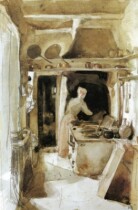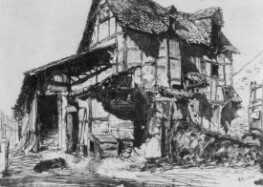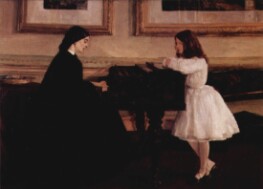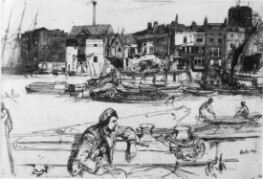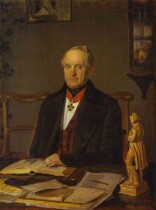Symphony in White no.1: The White Girl Portrait of Joanna Hiffernan
Initially called The White Girl, this artwork portrays Whistler's muse and lover, Joanna Hiffernan, who is dressed in a plain white cambric dress and has long red hair. Standing on a bearskin rug of the same color, she holds a white flower at her side while gazing off into the distance, giving her a doll-like appearance. In this piece, Whistler prioritizes exploring tonal variations over accurate portraiture, using the canvas as a medium for this purpose. He renames the painting Symphony in White, No.1: The White Girl, highlighting the varying tones of white in the work and comparing them to musical notes.
This painting marks Whistler's first successful work, having been rejected by London's Royal Academy and the French Academy's Salon due to its controversial subject matter, which hinted at the loss of innocence. The painting made its debut in the 1863 Salon des Refusés, where it was greatly admired by figures such as Édouard Manet, Gustave Courbet, and Charles Baudelaire. Symphony in White represents Whistler's transition from imitating Courbet's realism to developing his own unique abstract style that focused on utilizing subtle color variations, texture, and precise shapes to convey a mood that would evoke sensations in the viewer.





